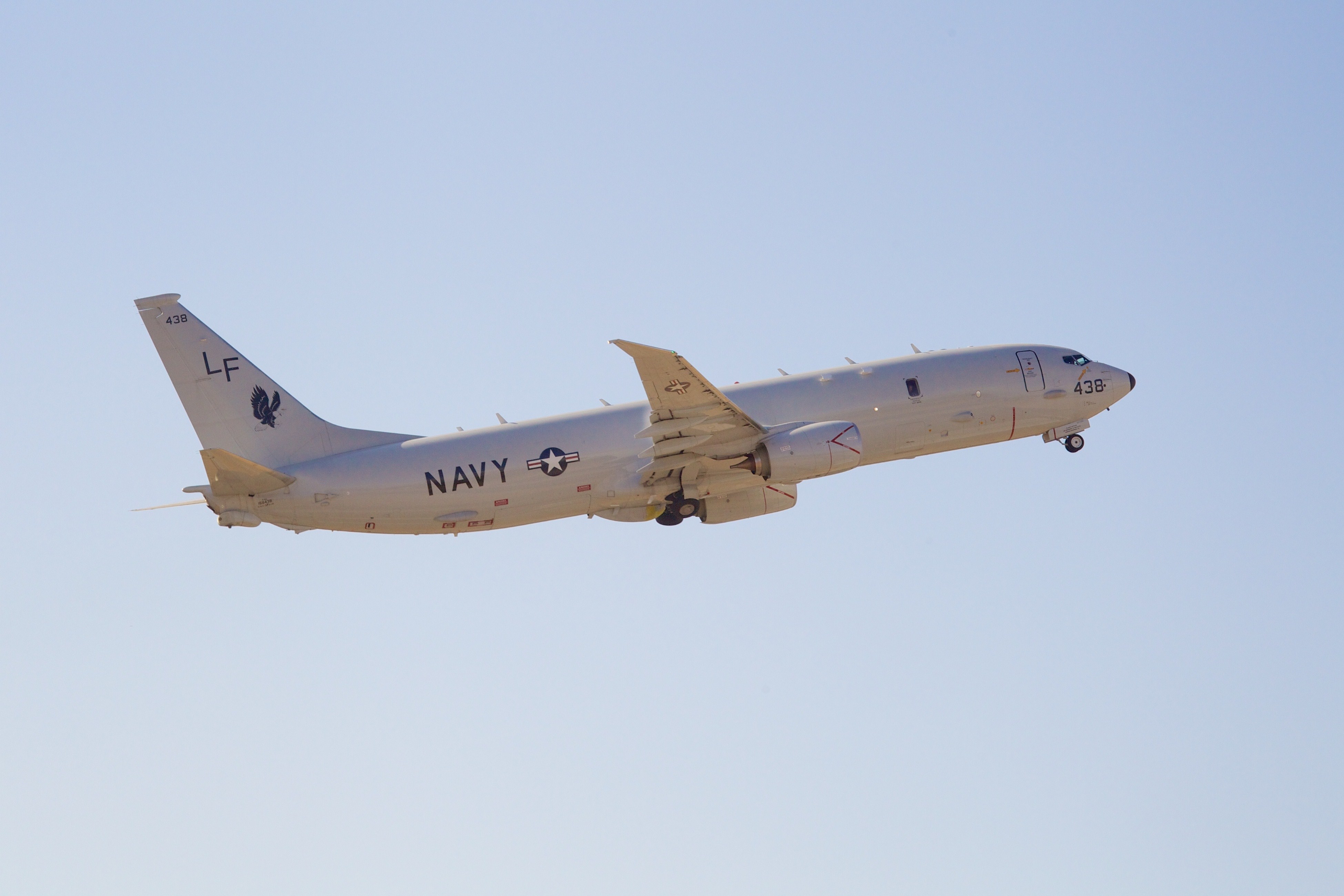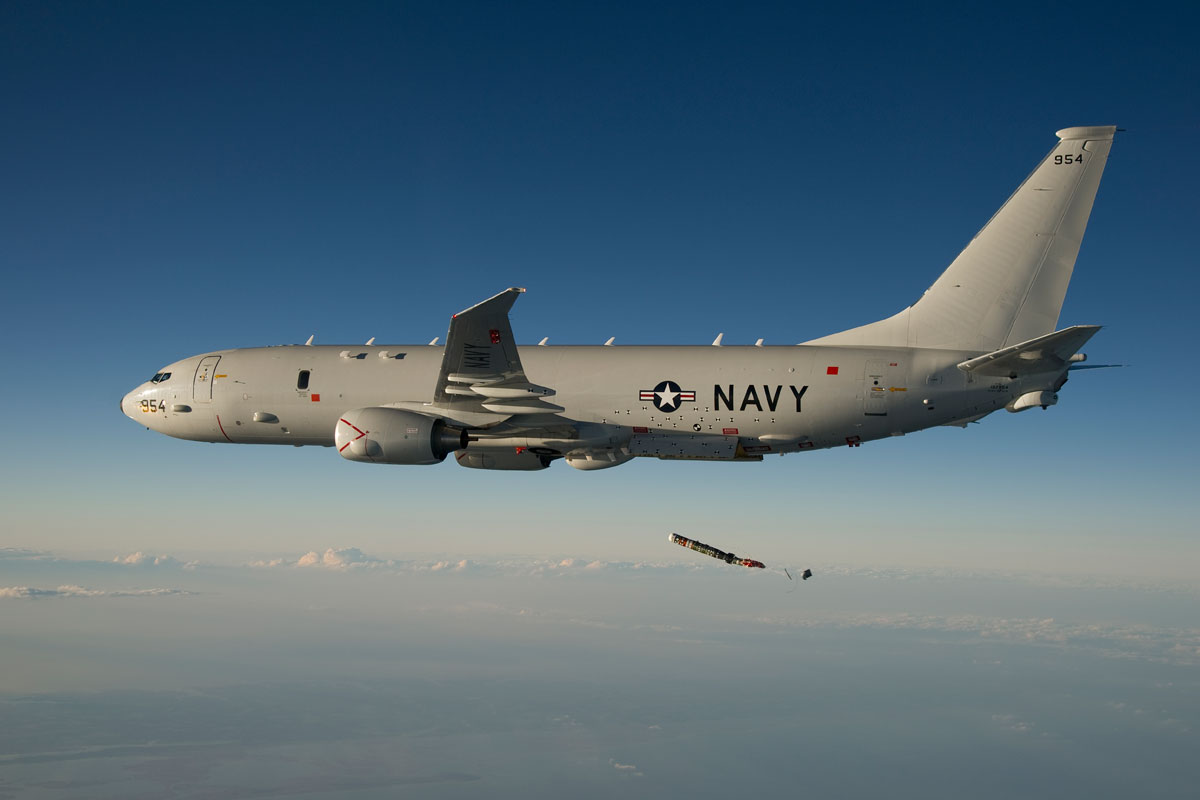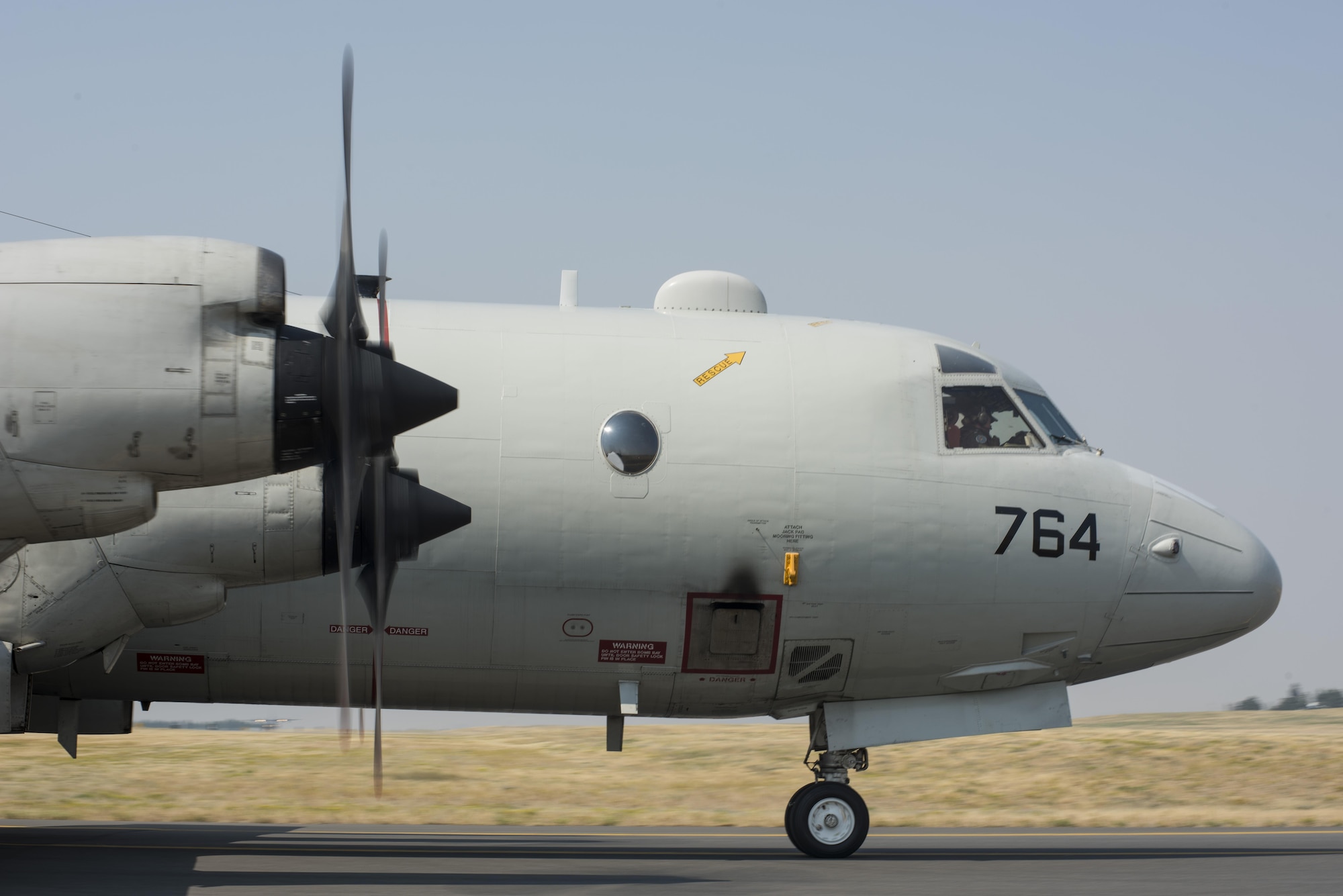Patrol Aircraft - Turkey continues to use domestically produced maritime patrol aircraft in many regions, including the Black Sea, Aegean Sea, Eastern Mediterranean and Libyan coasts.
The P-235 was produced within the scope of the Meltem-2 project and joined the Turkish Naval Forces inventory in 2014.
Patrol Aircraft

The aircraft participated in NATO's Dynamic Manta exercise with US, Spanish, French, German, Canadian, British, Italian and Greek forces.
France Announces Order For First 7 Albatros Maritime Patrol Aircraft
In addition to the P-235, Turkey also used the TCG Salihreis frigate, the Preveza class TCG 18 Mart frigate and the Gabya class TCG Gaziantep frigate for drilling. TCB 655 Maritime Patrol Aircraft, which completed all its planned sorties, also took part in the exhibition.
Dynamic Manta, an annual advanced surface and anti-submarine warfare exercise, began on February 24 off the Italian island of Sicily and concluded on March 6.
Providing air support for more than four hours in joint exercises with the Italian submarine ITS Todaro, the French frigate FS Provence and the Spanish frigate ESBS Cristobal Colon, the Turkish P-235 then returned to the Naval Air Base Sigonella in Sicily.
The Turkish Navy has six patrol aircraft capable of underwater air sensing, electronic warfare and submarine warfare. They are among the strategic elements of the Turkish Armed Forces (TSK) stationed in the Eastern Mediterranean and Aegean Seas.
Swap Troubled Coast Guard C 27j Patrol Aircraft For Bell V 280 Valor
You can unsubscribe at any time. By signing up, you agree to our Terms of Use and Privacy Policy. This site is protected by reCAPTCHA and the Google Privacy Policy and Terms of Service apply. The Kawasaki P-1 (formerly P-X, XP-1) is a Japanese maritime patrol aircraft developed and manufactured by Kawasaki Aerospace Company. Unlike many maritime patrol aircraft, which are often conversions of civilian designs, the P-1 is a purpose-built seaplane with no civilian counterpart and was designed for this role from the very beginning. It is the world's first operational aircraft to use an optical flight control system.
The P-1 performed rolling services with the Japan Maritime Self-Defense Force (JMSDF), replacing the P-3C Orion. On March 26, 2013, the JMSDF took delivery of its first two operational P-1 aircraft.
Export customers are also sought after for this strain as part of the overall loss of Japanese military export restrictions.

Noting that the P-3C fleet had been in service for some time, the JMSDF began searching for a replacement maritime patrol aircraft. Since other similar aircraft produced abroad did not meet the requirements of the JMSDF, it became necessary to develop an Indian aircraft designed for this purpose. Japan's Defse Agcy (JDA) introduced the indigenous development of the P-X maritime patrol aircraft as part of its five-year defense plan in April 2001 - March 2006.
France's Upgraded Atlantique 2s Are More Than Just Maritime Patrol Planes
In 2001, following its previous bid, Kawasaki Aerospace was awarded prime contractor status for the P-X program as well as an accompanying C-X program for a subsequent cargo ship; This selection process has taken place since the previous large-scale domestic development of the aircraft in Japan, nearly 30 years ago.
The P-X shared some components with the CX, identified as the Kawasaki C-2 double ring, which was then the Kawasaki C-1 freighter and another heavily developed aircraft to replace the C-130H Hercules. While the P-X and C-X designs were initially independent, it was decided it would be advantageous to have common tools for both designs.
Common tools include cockpit windows, outer wings, horizontal stabilizers and other systems. Interior common parts include the auxiliary power unit, cockpit panel, flight control system computer, anti-collision lights and shift control module.
Because of the different roles of the two planes, they remain distinctly separate. Sharing development resources has resulted in a significant reduction in overall development costs, including the C-2, which was reported at 345 billion yen in 2007.
Airbus To Produce Spanish C295 Maritime Patrol Aircraft
In addition to a common level with the C-2, a derivative of the proposed P-1 is a civilian aircraft, and the proposed project is often referred to as the Kawasaki YPX.
If development continues, YPX will make extensive use of the P-1's technology and components, such as the wingbox, empnage and fuselage.
In April 2004, JDA completed a successful evaluation of five XF7 research engines, at which point it was considered the only engine candidate for the P-X program.

In May 2005, IHI received a contract to purchase seven additional XF-7 test aircraft from JDA after completing preliminary tests in December 2004, with four of these stations to equip the first flight test aircraft.
Full Frame: Kawasaki P 1 Maritime Patrol Aircraft
The 8:1 bypass ratio of the F7 engine equipped with Full Power Digital Control (FADEC) is reported to be significantly higher than competitors such as the Geral Electric CF34-8E.
In April 2004, Japan and the United States expanded discussions on joint efforts in the P-X and US Navy's Multi-Mission Aircraft (MMA) programs; Options ranged from terminating the P-X program to join a US-led MMA program to incorporating some MMA techniques into P-X to cut costs.
Japan's Ministry of Defense ultimately chose to continue with the P-X program, stating: "There was a possibility that foreign aircraft would not meet the required capability, and there was a possibility that foreign aircraft would not meet the required delivery time ... develop the aircraft domestically."
In addition to the P-1, studies have also been conducted on the use of ship-based UAVs to support naval aviation activities.
Lockheed P 2 Neptune Maritime Patrol Aircraft (le Bourget)
New Zealand was the first country to show the P-1 in what a Japanese official called a "one-on-one collision with a Boeing P-8 patrol aircraft".
The P-1 was shown alongside the C-2 to give New Zealand an advantage in partnership with patrol and transport aircraft.
Japanese officials claimed that the P-1 was a more capable, but more expensive, aircraft than the Boeing P-8 Poseidon; Compared to the P-8, the P-1 has a greater range, a larger bomb locker and was built specifically for maritime patrol duty.

Prior to 2015, the P-1 was purchased at a typical rate of one or two aircraft deliveries per year; In 2015, this was changed to a bulk order for 20 P-1s as part of a measure to lower unit costs of the aircraft.
De Havilland Launches Dash 8 P 4 Maritime Patrol Aircraft
As of October 2016, 10 P-1s have been delivered to the JMSDF and 60 or more aircraft have replaced Japan's P-3C fleet; Production will rise to about five per year.
The Kawasaki P-1 is a purpose-built, four-lane maritime patrol aircraft. The P-1 is powered by four IHI F7-10 turboprops under the lowered wings.
The four-axis low-wing loading design adopted in the P-1 results in a flight profile with better maneuverability and stability in low-speed, low-altitude flights, allowing the aircraft to resume its mission on the eve of a single failure. . High bypass converters provide quiet, fuel-efficient operation in addition to increased operational survivability.
The P-1 is equipped with many newly developed technologies and features, especially avionics and mission systems.
A U.s. Navy P 8a Poseidon Maritime Patrol Aircraft Stock Photo
One of these key features is the use of the flight control system, which essentially replaces the standard metal wires with fiber optic cables. This has the effect of reducing electromagnetic interference to sensors compared to more common flight control systems. The P-1 is the world's first production aircraft equipped with a flight control system.
Most of the onboard systems such as the auxiliary power unit, boost and pressure control systems, RAM-type wind turbines, air cleaners and avionics are provided by Honeywell, the project's largest non-Japanese supplier.
The P-1 was equipped with a variety of sensors to enable the aircraft to fulfill its primary purpose of detecting submarines and surface ships; These include the Toshiba HPS-106 active electronically scanning array (AESA) radar and Fujitsu HAQ-2 Infrared/Light surface detection systems, which use a total of three antennas to provide 240-degree coverage.
The P-1 is also equipped with a magnetic anomaly detector (MAD) placed on the tail of the aircraft by CAE Inc.
Anti Submarine Patrol Aircraft Takes Off For Training Exercise
The P-1 has an artificial intelligence (AI) system to assist TACCO's operations; Similar to the SH-60K, the advanced combat guidance system guides the TACCO operator to the optimal flight path to attack the submarine.
Similar in size to the Hawker Sedley Nimrod, the large bomb bay inside the main fuselage contained most of the aircraft's ammunition.
Weapons aboard the P-1 include torpedoes, mines, depth bombs, air-to-surface missiles (such as the US-made Harpoon) or bombs.
Armats are managed by the Store Management System, built by Smith Aerospace, which includes a newly developed Universal Store Control Unit (USCU) capable of holding hundreds of different ammunition, including future ammunition and precision weapons.
Khi Gives Msdf First P 1 Antisub Patrol Aircraft
Multiple radar warning receivers provide comprehensive missile threat awareness combined with a range of preventative measures.
On August 31, 2007, the Japanese Ministry of Defense announced that it would purchase four airframes. Demand in the fiscal year 2008 budget was 67.9 billion yen (equivalent to 69.9 billion yen or US$641.18 million in 2019)
In 2013, the ministry ordered two units for 44.5 billion yen. These P-1 class aircraft are reported to have greater sensing/discrimination capabilities, flight performance, information processing capability and attack capabilities as their successor.

Uk maritime patrol aircraft, maritime patrol aircraft, border patrol aircraft, navy patrol aircraft, p 8 patrol aircraft, paw patrol aircraft, p8 maritime patrol aircraft, california highway patrol aircraft, russian maritime patrol aircraft, singapore maritime patrol aircraft, maritime patrol aircraft market, japan maritime patrol aircraft
